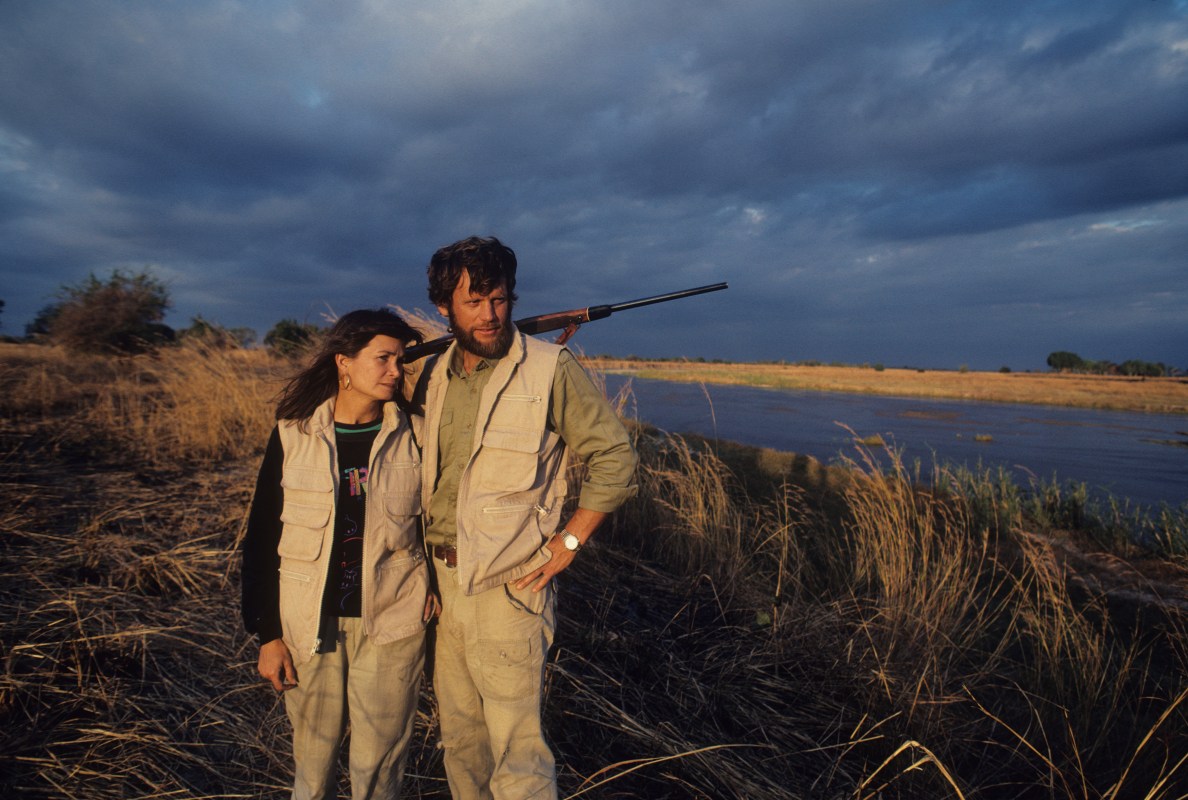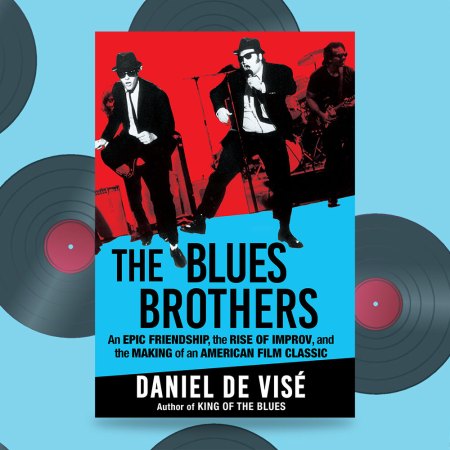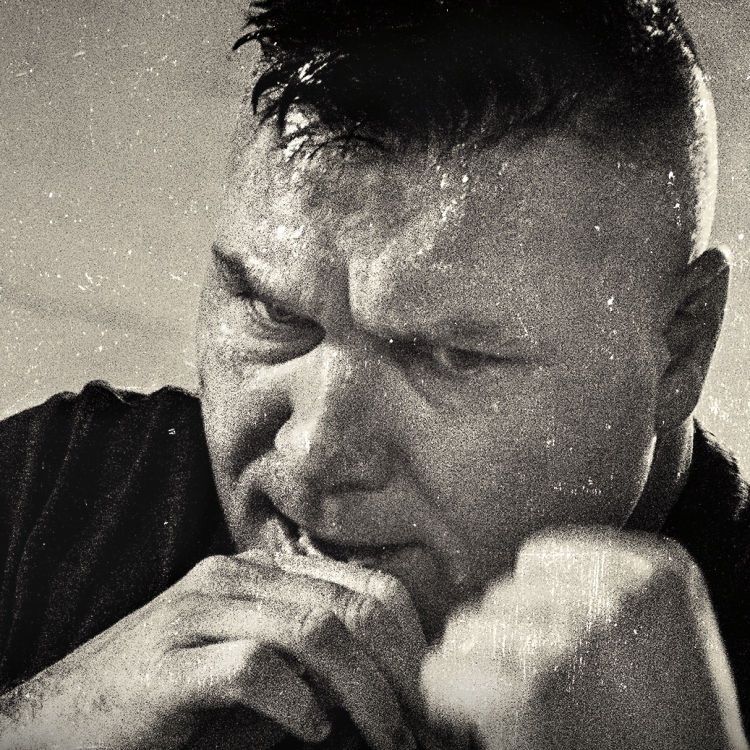Delia Owens, the former wildlife conservationist whose debut novel, Where the Crawdads Sing, is the bestselling hardcover of 2019, has become something of a publishing fairy-tale, with Publisher’s Weekly calling the 70-year-old debut novelist’s success the “feel-good publishing story of the year.” Praise for the novel and its author’s late-life achievement has been so effusive, in fact, that it’s managed to largely obscure a dark incident from Owens’ past.
In a recent review for Slate, columnist Laura Miller shines a light on the author’s surprisingly overlooked history, at the center of which is the 1995 murder of a poacher in Zambia for which Owens and her ex-husband are still wanted for questioning. The murder, which was the subject of an 18,000-word New Yorker exposé in 2010, was filmed by an ABC camera crew during a segment on the Owenses’ conservation work in Africa.
While Owens herself is not suspected of involvement in the murder, her husband Mark and stepson Christopher have both been linked to the crime by witnesses who allege Christopher was the first to shoot the man, whose murder Mark later covered up by disposing of the body. The couple left Zambia following the incident, and, according to Jeffrey Goldberg’s New Yorker story, was warned by the U.S. Embassy not to return until the controversy was resolved. As of 2010, however, the case reportedly remains open.
While Mark Owens confirmed to Miller through his attorney that the case has seen no further developments and no charges were ever filed, Goldberg’s exposé painted an image of the Owens’ African exploits as a modern-day Heart of Darkness, with Mark Owens playing the role of Kurtz reimagined as a violent safari leader ruthlessly gunning down poaching parties.
It is surprising that this history has been largely overlooked in recent coverage of Owens’ novel, not only because of Goldberg’s relatively recent exposé, but also because, as Miller argues, Where the Crawdads Sing bears signs of influence from the Owenses’ brush with murder.
According to Miller, the novel, which tells the story of a small town Southern outcast accused of murder in 1960s North Carolina, recalls Owens’ past despite the ostensible discrepancies in time and setting. “Having her heroine stand accused of murder echoes the Owens’ Zambian experience and the subsequent ordeal of becoming the subject of a 18,000-word exposé in a prominent magazine,” she argues.
While press coverage of Owens’ successful debut has frequently compared the author to her main character based on their shared tomboy childhood and proclivity to nature, Miller argues for a reading that reveals more interesting, much darker, similarities between the two.
Editor’s Note: RealClearLife, a news and lifestyle publisher, is now a part of InsideHook. Together, we’ll be covering current events, pop culture, sports, travel, health and the world. Subscribe here for our free daily newsletter.
Thanks for reading InsideHook. Sign up for our daily newsletter and be in the know.

















